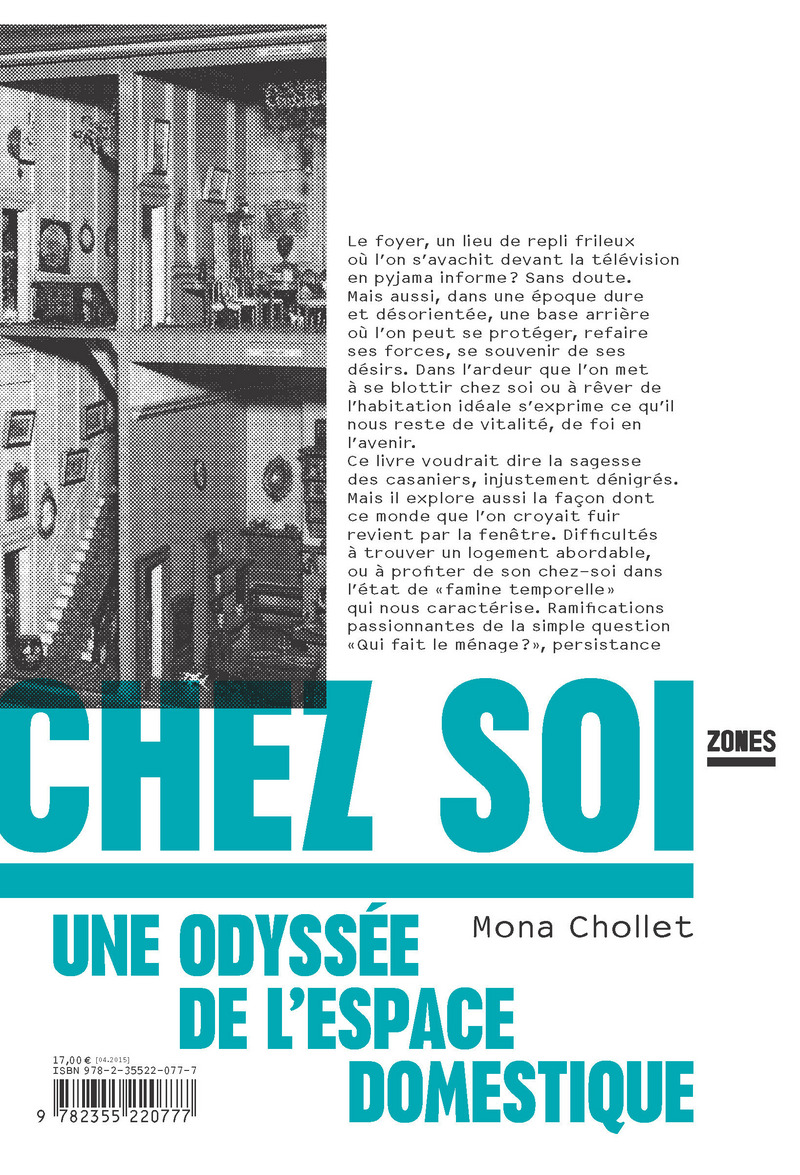Spring water
The City of Luxembourg supplies around 7.5 million m3 of drinking water per year, but due to the reduction in losses in the network, water-saving equipment in homes and responsible practices by consumers, this figure has shown a constant downward trend.
The spring water collection systems operated by the City of Luxembourg draw water from the Luxembourg sandstone aquifer and are located at a distance of fewer than 10 km from the municipality. They are grouped into six distinct hydrogeological sectors (see the illustration below):
- Kopstal springs on the right bank of the Mamer (KRD – 22 springs) and Kopstal springs on the left bank of the Mamer (KRG – 11 springs);
- Siweburen and Millebaach (MS) – 4 springs;
- Glaasburen and Dommeldange (GD) – 11 springs;
- Birelergronn (B) – 13 springs;
- collection system in Polfermillen (PO) – 1 spring;
- Tubishaff groundwater catchment facility.

Water from these sources is routed to pumping stations, and from there to the reservoirs and water towers installed at high points in the area.

Siweburen spring catchments in Rollingergrund
The Siweburen catchment systems (S01, S02 and S03) play a key role in supplying water to Luxembourg City, providing drinking water to supply zones Z02 and Z04, which cover the Belair, Grund, Merl, Rollingergrund, Mühlenbach, city centre, Clausen and Hollerich districts (approximately 31,000 inhabitants). Water from the Siweburen and Millebach springs represents an average of 20%–25% of the total supply of Luxembourg City's drinking water.
Siweburen-Septfontaines wash houses and springs
Water has always been a big part of local life in Mühlenbach and Rollingergrund: Mühlenbach, with its canal of the same name that has existed since 1950, and Rollingergrund through the Septfontaines springs and its Siweburen-Septfontaines water tower.
Early on, the City of Luxembourg recognised the value of the Septfontaines springs and in 1707 acquired the Folie Grégoire, a country house located at the foot of the Bambësch. In 1736, the first eight covered public wash houses were built near the Septfontaines springs. Beginning in 1767, when the land on which the springs were located was leased to the Boch brothers, a fee was charged for the use of the public wash house and bleachfields. In 1790, the Boch brothers purchased the land from the City to build a porcelain factory. They were given permission to use the water from the Siweburen springs for their factory, provided that the city's residents could continue to use the wash houses and surrounding fields to clean their laundry.
In 1927, the City of Luxembourg purchased the Siweburen spring water catchment facilities, with an output of 6,000 m3 per day. Since the completion of the new Mühlenbach pumping station in 1932, the water catchment systems have been operated by the City of Luxembourg's Service Eaux (Water Department).
Used by washerwomen for more than 200 years, the Rollingergrund wash houses were finally decommissioned and demolished in 1968 as part of the works to widen the road in that area. Today, a historic plaque on the nearby water tank serves to commemorate the former Siweburen wash houses.
In-depth hydrogeological study
Before the Siweburen facility was overhauled, operation of the catchment systems was suspended between 2009 and 2012 due to the complete overhaul of the Mühlenbach pumping station. This provided an opportunity to conduct an in-depth study to determine the hydrogeological conditions with a view towards securing and modernising the Siweburen catchment systems and gathering data relevant to the delineation of new protection zones.
The condition of the structures and pipes of the Siweburen catchment system revealed that a complete overhaul was needed. As a result, a concept for replacing the catchment systems was developed, taking into account the requirements of the Grand Ducal Regulation on the quality of water intended for human consumption (Règlement grand-ducal relatif à la qualité des eaux destinées à la consommation humaine).
Water catchment using radial wells
The renovation of the Septfontaines facility included the installation of a water catchment system using radial wells. The process was carried out in three phases:
- creation of a vertical well measuring 4 m in diameter
- drilling and installation of drains
- installation of the catchment equipment
The main advantage of the radial well system is that water can be collected from an aquifer using several horizontal drains, thereby improving the production of drinking water in terms of both quality and quantity. Water collected this way is less exposed to the risk of pollution, such as the infiltration of surface water and bacteriological pollution. In addition, when this system is used, a single drain may be decommissioned if water quality deteriorates.
The overhaul of S01 and S02 involved building new catchment systems in the areas surrounding the existing systems. The two new S01 and S02 catchment systems were commissioned in October 2016, which meant that the modernisation work on the S03 catchment system could begin in autumn 2016. In 2017, the seven horizontal wells for the S03 catchment system were completed. The structural works were started and the electrical equipment was installed.
History of the Siweburen spring water catchment systems
1927 The City of Luxembourg acquires the Siweburen spring water catchment facilities, with an output of 6,000 m3 per day.
1932–2009 The Siweburen catchment systems are operated by the City of Luxembourg after completion of the Mühlenbach pumping station.
2009–2012 The Septfontaines catchment systems are decommissioned due to the complete overhaul of the Mühlenbach pumping station.
2012–2015 The Septfontaines catchment systems are commissioned after the Mühlenbach pumping station is renovated.
2015–2016 The two Siweburen S01 and S02 collection systems are modernised.
2016–2018 The two Siweburen S01 and S02 collection systems are modernised.
Protection zones
To maintain and improve the quality of both our groundwater and drinking water, protection zones have been established. Campaigns to reduce nitrate and pesticide concentrations are being conducted among farmers in collaboration with the Chamber of Agriculture (Chambre de l'Agriculture) and the Institut fir Biologësch Landwirtschaft an Agrakultur Luxemburg (IBLA). The 72 spring water collection systems are continually upgraded and kept secure at all times, and over 2,000 analyses are carried out every year.













![Image of event Faust – Eine deutsche Volkssage [feat. Murcof] (Live@Cinémathèque)](https://storage.googleapis.com/lu-echo-prod-experiences/wNqoZmove5SG6TRjbN97Kc/faust-eine-deutsche-volkssage-feat-murcof-retrospective-friedrich-wilhelm-murnau-WRGsCI/media_Faust_03_main.jpg)

